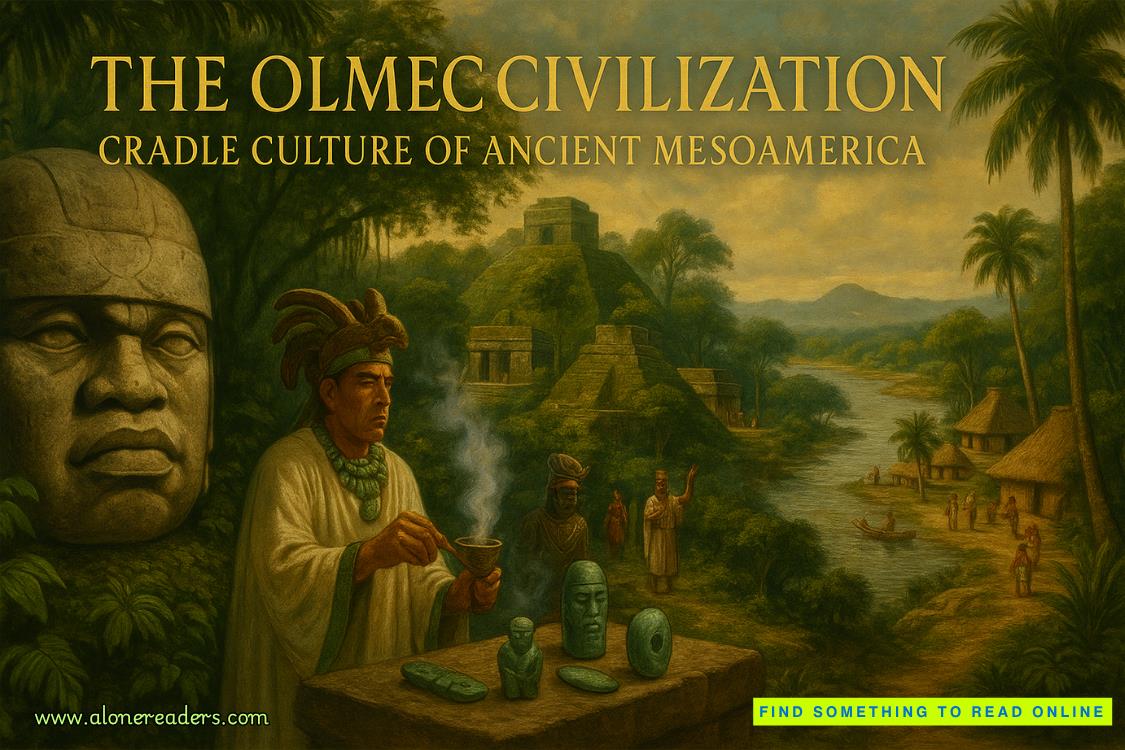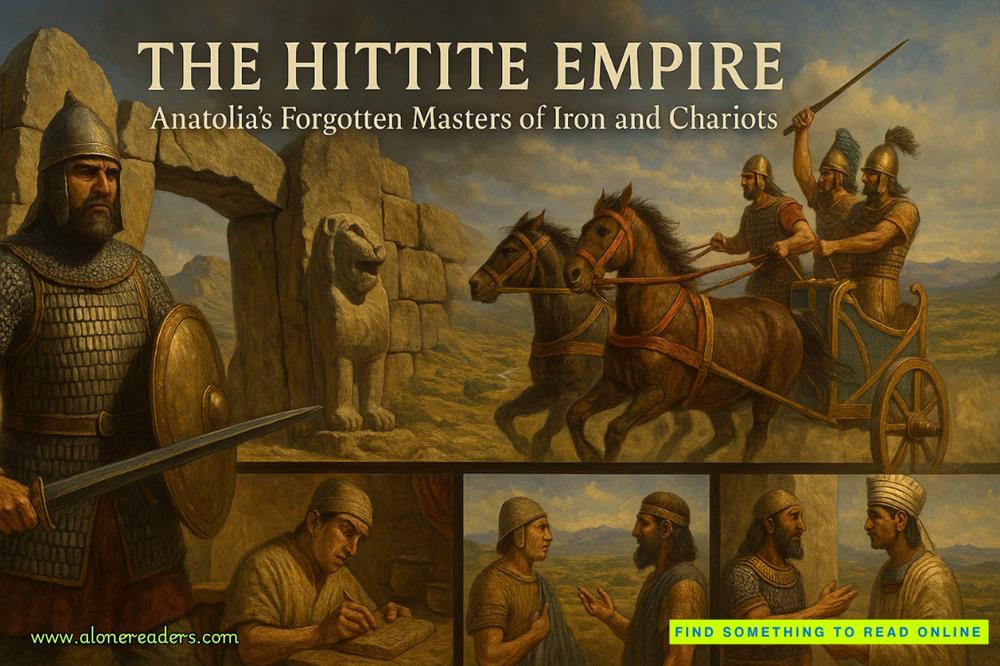Page 4 of Seven Summer Weekends
She couldn’t tell whether Nan thought that was a good thing or a bad thing.
Addison had spent the summers of her childhood in a close-knit community on a small lake in Michigan, but this felt next-level. For starters, she saw that Bay Harbor had only one market and a small liquor store. She would have to go to other towns to find restaurants, bars, ice cream shops, and possibly friends. According to Nan, it was a tight-knit group. Houses often stayed in families for many generations. Their children, who befriended other children, had children of their own, who befriended their children. It had been like this since the first beach cottage was erected in 1907, Nan explained, when Gilbert P. Smith had closed his fish factory and began selling off parcels of land.
Nan’s lecture on island history felt like the perfect segue to inquire about selling Gicky’s house, but Addison felt funny bringing it up straightaway. The feeling only got worse when they arrived at the house, where the agent immediately handed her a sealed letter from her aunt.
“You are lucky to have had an aunt who loved you so much,” said Nan. “Gicky was only sick for a few months before she died, but she had explicit instructions. She was a legend in this town—and exceptionally vocal about keeping things the same. She hasn’t touched this place since the eighties, but the house hasgreat bones. Though if anyone were to buy it, they would probably knock it down and build some bloated monstrosity—as Gicky would call it.”
Despite Nan’s words, Addison guessed by the real estate agent’s Hermès sandals and Celine sunglasses that Nan did not mind the lifestyle that flipping beach shacks and turning them into bloated monstrosities afforded her. On their way to the house, Addison had noticed the disparity between the original cottages and the new constructions that towered over them. It made sense that some residents would be troubled by the transition, especially her aunt Gicky. From the little she knew about her, she was as much a hippie as Addison’s father was a conservative. It wasn’t a surprise that those two hadn’t seen eye to eye on things. Especially when it came to the Big Terrible Thing that divided them, whatever that was.
Addison realized she had a small window to inquire about selling before going against whatever was written in the letter—a small window not to look like a complete and total ingrate.
“The thing is, I’m not sure I can afford the upkeep of this house,” she moaned, setting the stage.
She felt proud of herself for coming up with possibly the only “I’m not a total ingrate” excuse. The feeling was short-lived.
“Gicky had that all figured out,” Nan explained. “The property comprises three structures. The main one-bedroom house, an artist’s studio, and a guest cottage that Gicky rented by the weekend to pay for the expenses and more. Word is, she bought this place outright with the profits from a lucrative gallery run in the early eighties. It was right after Hurricane Gloria decimated the island, when houses sold for beans. The rental income covers taxes, town dues, and some upkeep. And if you wanted toturn her studio into another guesthouse, you could double that. Plus, if you’re not like Gicky, who cared about alone time, you can rent it by the month or week.”
The story of how her aunt had acquired the house did not surprise Addison. She had found an article from theTimescirca 1985 among the clippings in her father’s desk drawer about a gallery show Gicky had been in with Keith Haring and Jeff Koons. And while both these artists saw far greater success than Gicky had, she supported herself nicely with her art.
“You’ll have no problem affording it. If you want to, that is. Come on, let me show you around.”
The main house was quaint and cluttered, with a distinct hippie vibe.
“She was a self-confessed maximalist,” Nan said, sugarcoating the fact that Aunt Gicky was a bit of a hoarder. Addison was the opposite, never caving to sentimentality. She kept nothing. If she were to think about why that was, she could probably blame it on her mother. Beverly Irwin placed materialism above most everything else, and while Addison liked nice things as well as the next girl, she never placed much emotional importance on them like her mother did. While Gicky seemed to collect things that brought back memories, her sister-in-law Beverly was more interested in collecting status markers, like designer bags and shoes.
“I don’t envy whoever has to clean this place out,” Addison stated, until she realized that would be her.
The agent read her expression and added, “Houses on Fire Island are sold with all of their contents—aside from personal stuff. It makes things much easier for the seller. Not so much for the buyer.”
Addison took it all in. The house was enveloped in whimsy—doorframes covered in sea glass, walls turned into canvases, the bathroom ceiling flanked by angels in bikinis. While it wasn’t the Sistine Chapel, it made the thought of tearing it down all the more egregious.
The tangerine-colored sofa with a dark wood frame had a kaleidoscopic crocheted throw draped over the back. A tremendous macrame owl with wooden-bead eyes covered the wall behind it.
The kitchen appliances looked nearly original to the mid-century house, as did the vinyl floor. A list was taped to the refrigerator—the wordsGuesthouse To-Do’swritten on top in a rainbow of colors. Everything was an art project. Addison homed in on an adjacent recipe that readGicky’s Favorite Scones, ironically held in place by aLife’s a Beach and Then You Diemagnet. The recipe looked easy enough to follow, Addison thought. Maybe she would take up baking. So far in her adult life, she had only mastered boiling water.
She opened the lid of a handmade cookie jar shaped like a Volkswagen Beetle. It was filled with dog treats.
“Did my aunt have a dog?”
“Not that I know of.”
The bedroom was more minimalist than the rest of the house, except for a series of oil paintings of an exceptionally handsome man at different ages. Addison was immediately curious about the model, who appeared to be a consistent fixture in her aunt’s seemingly autonomous life.
The hallway adjacent to the bedroom was dedicated to images of summers past. Sunsets, group shots, and a handful of pictures of Gicky hamming it up for the camera—Gicky on theferry, Gicky at an art show, Gicky with a baby girl. Addison looked closer at that one. On further inspection, it wasn’t just any baby girl—it washer. The photograph gave Addison a pang of regret. Her aunt clearly had memories of Addison, while Addison barely had any of her.
They stepped into the studio, where the smell of clay startled her before pinching at her heartstrings. Some people don’t like the smell, but to Addison it was akin to a garden after the rain. Even better than that, it smelled like a memory, one of her last of her aunt Gicky.
Addison flashed back to one of her aunt’s yearly visits—one of those early childhood recollections that leave an indelible mark on your brain—fuzzy pictures with unexplained feelings attached to them. Her aunt, ever the artist, had brought Addison and her younger sister a large lump of clay and a set of sculpting tools. Her sister, Ivy, didn’t like how the clay felt on her hands and got under her nails, but Addison relished it. She and her aunt spent most of the weekend elbow deep in the earthy substance.
Addison popped open a vat of clay and rolled a piece between her fingers. Could bonding with a child thirty years ago over ceramics have led to this outrageous inheritance? It seemed implausible, besides being sad and somewhat cautionary. An entire life lived with no one to bequeath your greatest possession to. She thought again of the picture of the two of them in the hallway, and when she did, she remembered how her sister’s daughter, Lucy, had captured her own heart the minute she was born. In fact, Lucy’s existence and the love Addison felt for her were the only thing that made Addison question her ambivalence about having kids. Ivy often drove her mad, but Addison would literallythrow herself into oncoming traffic for that niece of hers. And though Addison had never considered it before, Aunt Gicky must have loved her as much as Addison loved Lucy. In fact, if someone had asked Addison right then and there to write her will, she would probably leave this house and all of her earthly possessions to little Lucy. And if she and her sister couldn’t get past some Big Terrible Thing, like the one that had divided her parents and her aunt, she would grieve losing contact with Lucy more than the rest of them combined.
She considered asking Nan more about Gicky, but then thought better of it. From the contrasting looks of the two women—the broker buttoned up to her neck, even in the heat of summer, and her aunt, judging by her photographs, happiest in bikinis and caftans at any age—she doubted the two had been close. Nan confirmed her suspicions when she admitted how quickly she had become the enemy of people who want to keep things the same in this town.
“There’s no stopping progress,” she said. “It was only a matter of time before outsiders found this place and started Hamptons-izing it. It is not my fault people want bigger and better, and someone was going to profit. May as well be me.”
Addison didn’t care to make a comment on the subject.
“One of your neighbors wants to buy the place, by the way—he swears Gicky promised to sell it to him for half the asking price. Says he has it in writing—though I’ve never seen it, and I’m sure you can confirm it wasn’t in the will.”















